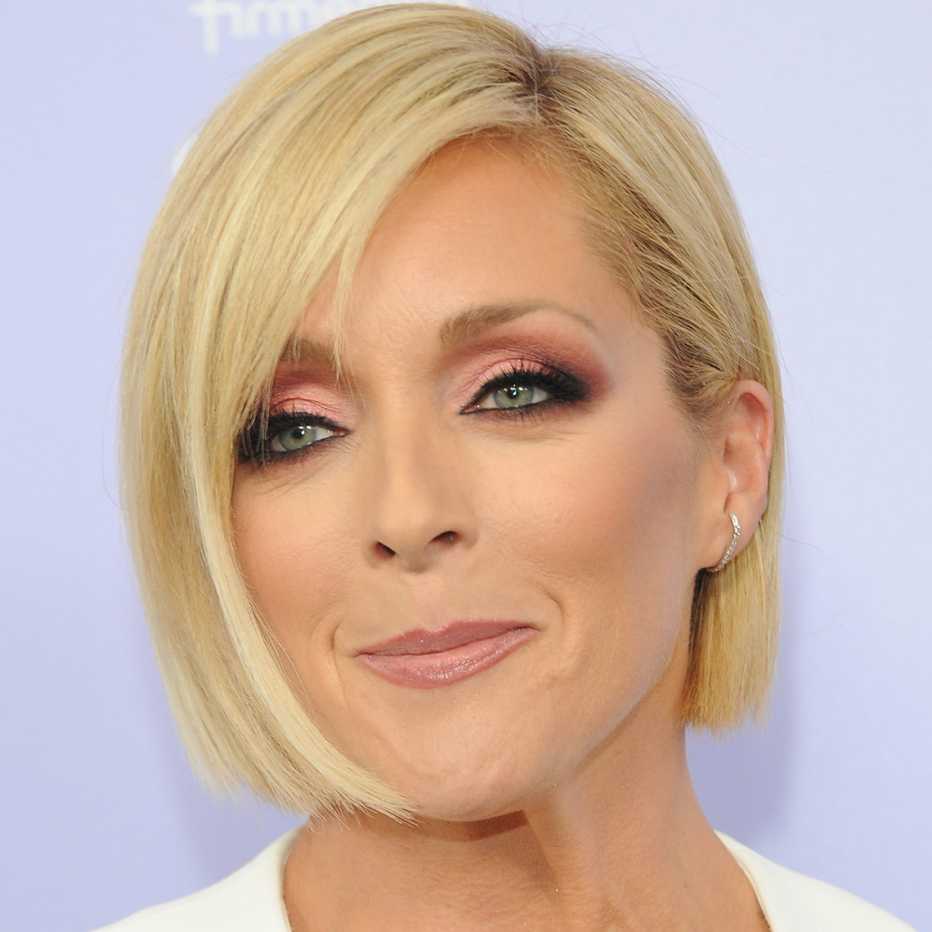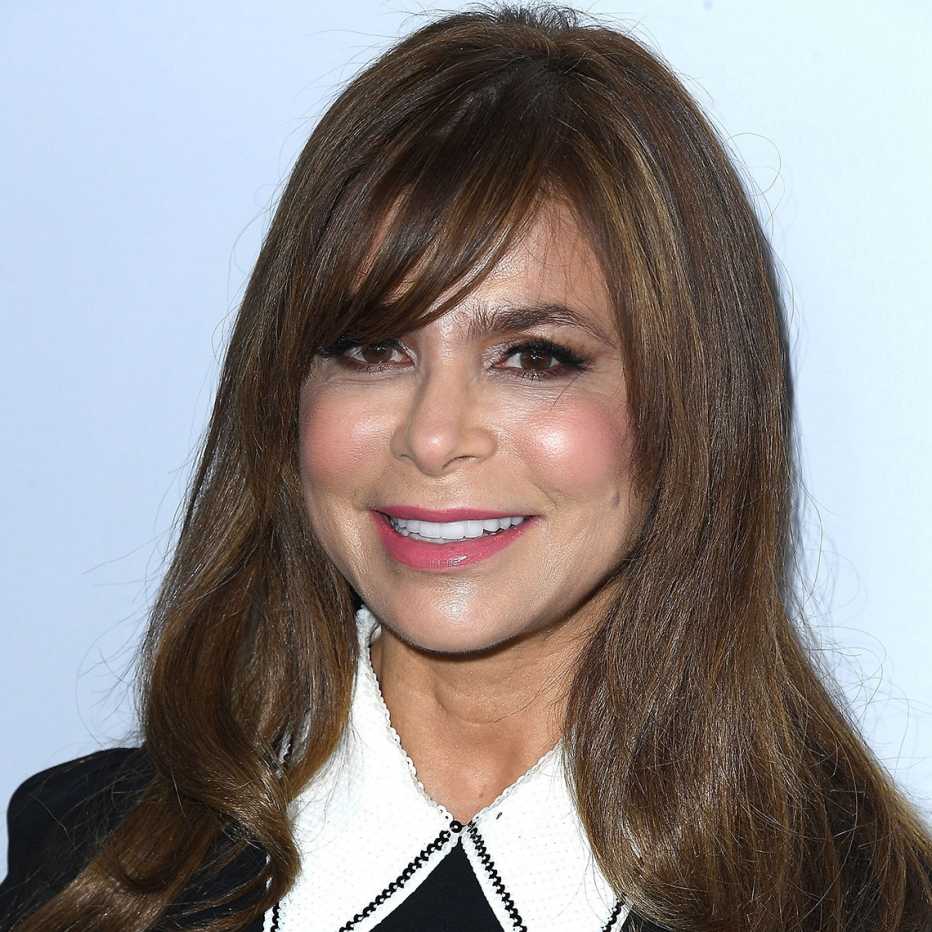AARP Hearing Center


Remember when washing your hair was easy? Shampoo cleaned and a matching conditioner detangled and that was it. Well, that simple duo has changed and so has your hair. Hundreds of problem-solving shampoos and conditioners — boosted by technology and innovation — clog drugstore shelves and claim to add volume, hydrate, thicken, repair, brighten, smooth, control frizz or enhance curls. However, it's not just about choosing the right formula. The whole suds-and-rinse routine has been overhauled to improve results. So, are your hair habits and shampoo/conditioner really in sync with your 50-plus hair? Here are 10 tips for getting stronger, glossier, better-looking hair, like the celebs have:
1. Match shampoo and conditioner for efficiency and no-stress


Sticking to a one-brand duo — or not — is something we all wonder about. Match if you want to speed-shop and be 100 percent certain both items target and resolve the same hair issues. The ingredients are designed to support and complement one another — kind of like a twin-set — so no way can you mess up! However, do not mix leftover bottom of the bottle drops to create a two-in-one shampoo/conditioner. All you'll get is less effective cleansing, and conditioning that's scrubbed away by the shampoo ... which is why two-fers never work for us. Use the remnants to hand wash lingerie instead.
2. Mix and match products if your hair is complicated


Sometimes pre-planned product duos won't work. Say you have very fine hair that's color-treated, highlighted and on the long side. You need a gentle shampoo safe for color-treated hair, a moisturizing rinse-out conditioner and a leave-in lightweight conditioner to compensate for heat styling. Or maybe you have flat, limp, curly hair that's breakage prone. You want a volumizing, curl-enhancing shampoo but a moisturizing and strengthening repair conditioner. Mixing and matching is easy if you stay within one brand — a snap now that every brand has many "targeted" lines. But since we run out of conditioner faster than shampoo, this is a good time to experiment if you want to try a switch.
3. Go sulfate-free if your scalp is sensitive, itchy, prone to eczema


Listed for decades as a staple ingredient in shampoos, sulfates — aka sodium lauryl sulfate, sodium laureth sulfate or ammonium laureth sulfate — are now getting a bad rap. While they remain super-efficient cleansing agents, and make lots of rich lather, sulfates can be too harsh for some people. If your scalp feels itchy, irritated or dry, try sulfate-free shampoo and conditioner for a "gentler" clean option. Don't worry, you'll still get all the other benefits you want, from volumizing to moisturizing, and formulas for color-treated hair. This category has expanded as consumers get more savvy about their scalp, not just their hair.
4. Use less shampoo than you think you need


Remember when shampoo instructions said "shampoo, lather, rinse, repeat"? As with laundry detergent we tend to overdose our clothes and hair. One shampoo is plenty with improved formulas. The real secret is to first stand under the shower and saturate hair with water till it's soaking wet. Then apply a little shampoo and gently massage the scalp using the pads of your fingers. Make small circular movements before moving over and repeating, inch by inch. You'll stimulate circulation at the roots and your shampoo gets evenly and thoroughly distributed. Then massage the rest of your hair between your palms as if it was the most delicate lingerie. Keep rinsing until two minutes after you think you've rinsed enough. Most women leave shampoo residue behind, which can make hair appear limp.







































































More From AARP
10 Chic Shorter Haircuts
Simple styles that still turn heads5 New Skin Care Basics
Try these creams and serums that pamper mature skin